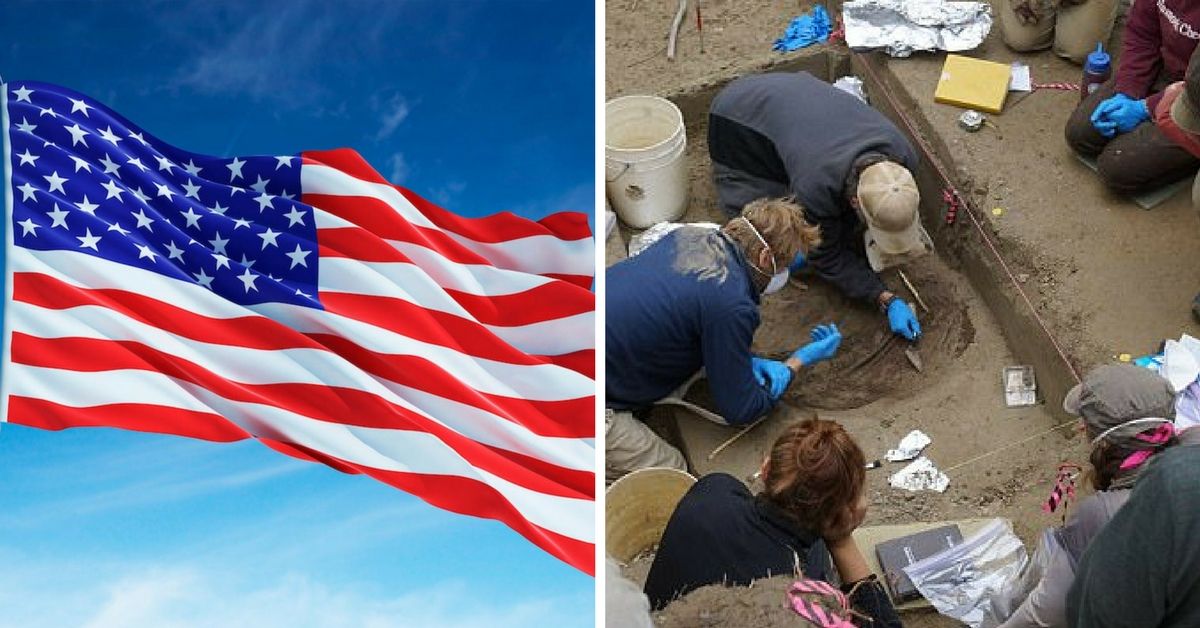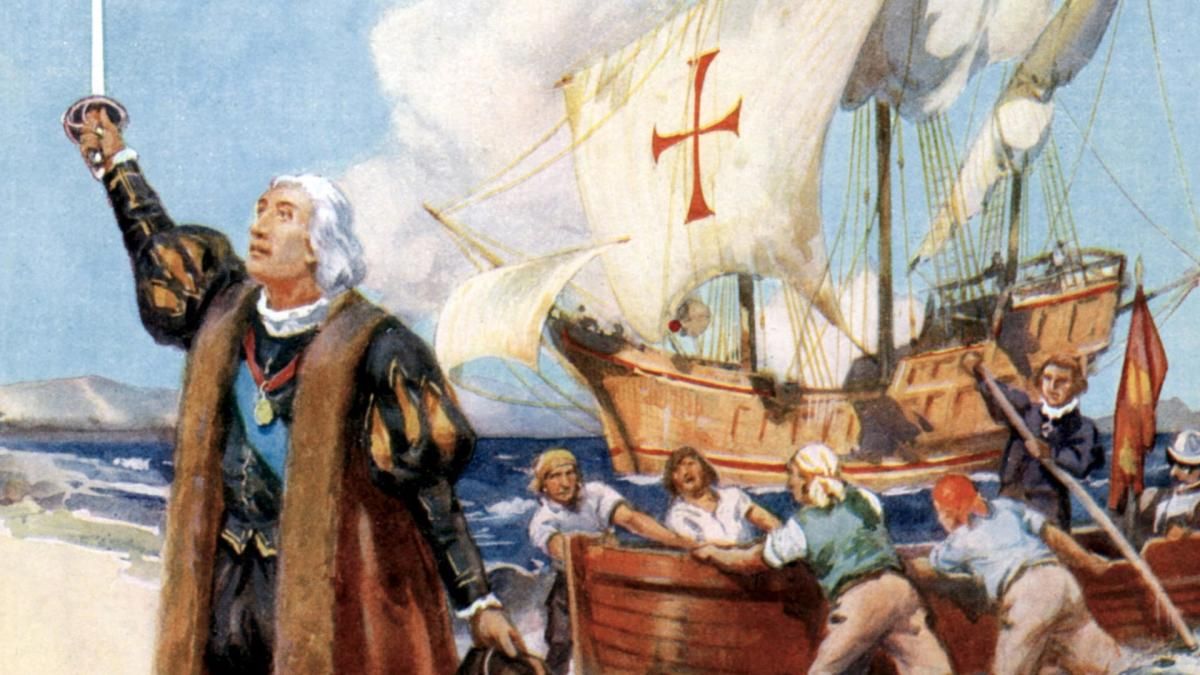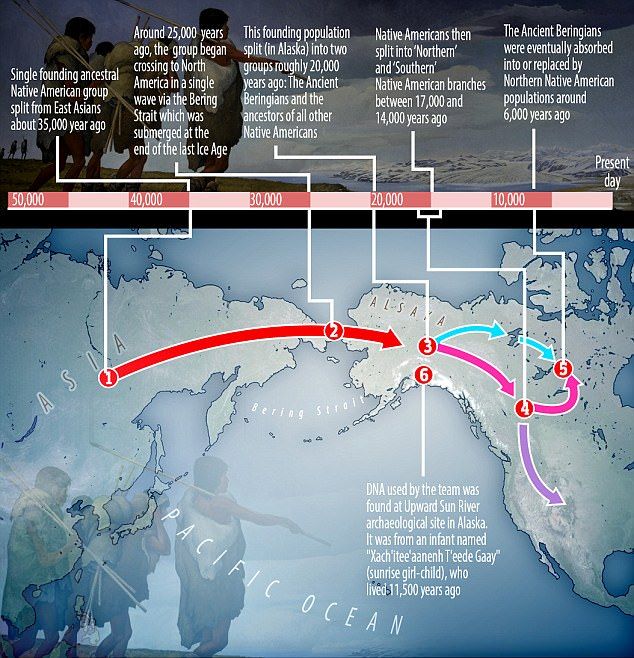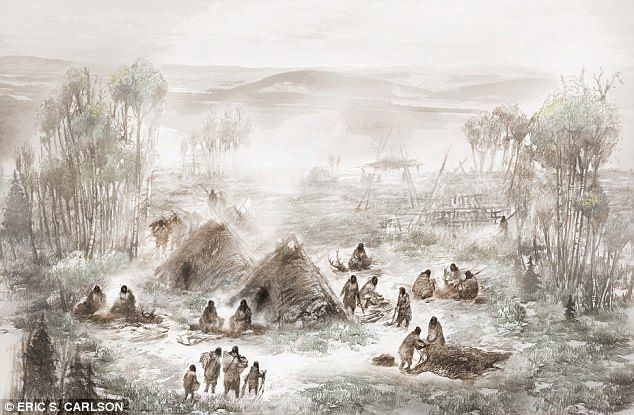When most Americans today think about American history, they first think of the time Europeans first arrived in the land of the Americas.
The recently-found DNA of a six-week-old Native American infant who died thousands of years ago has rewritten the history of "The Land of The Free," and shed more light onto how it came to be.
Names like Leif Erikson and Christopher Columbus, who are some of the first European men to set foot in North America, are usually the first names that come to mind.
Erikson, a Norse explorer from Iceland, is believed to have arrived in North America in the year 1001, and Christopher Columbus didn't reach the New World until 500 years later, in 1492.
But it wasn't until a huge chunk of North America declared their independence as "the United States of America" in 1776 that people really started to think about American history.
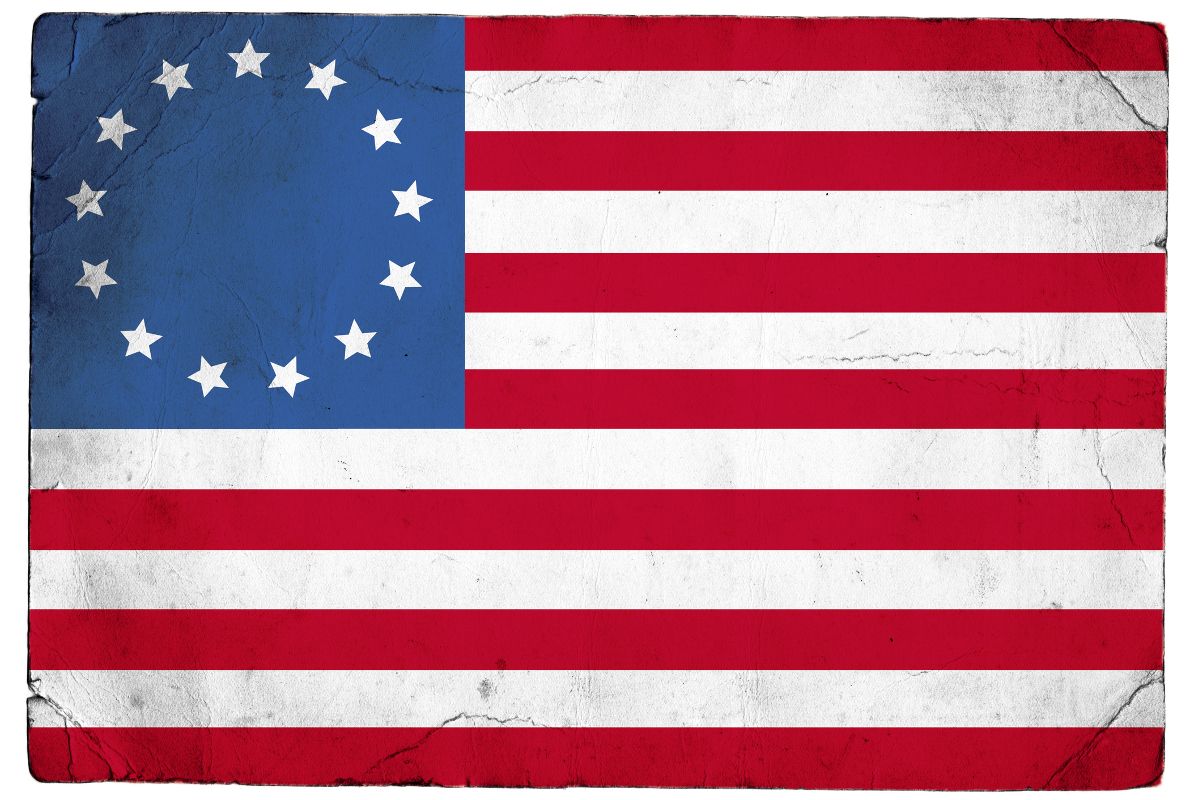
We all know there were people long before that, because where else would Hollywood get the idea for the feud between the American pioneers and American Indians.
It's widely accepted that early settlers crossed from Russia into Alaska through the Bering Strait at the end of the last Ice Age.
But the question that's always remained was how many different groups came to America, when did they arrive, and what happened for those thousands of years before Europeans settled in the New World?
According to the Daily Mail, this is the first time direct genetic traces of the earliest Native Americans have been identified.
Although the young girl died 11,500 years ago, her genes revealed that the first humans arrived on the continent 25,000 years ago before splitting into three Native American groups, which is much earlier than what some studies previously expected.
What's interesting here is that the young girl's genetic information didn't match up with anything they've previously discovered. Researchers believe she belongs to the unknown population of former settlers known as the "Ancient Beringians."
Researchers claim that this small Native American group lived in Alaska until they died out around 6,000 year ago.
Some scientists previously believed that Native American groups migrated at different times, but this new study shows that this migration occurred only once, and then these sub-divisions in Native American groups formed later on.
"We didn't know this population existed," said study co-author Professor Ben Potter, an anthropologist at the University of Alaska Fairbanks, regarding the Ancient Beringians. "These data also provide the first direct evidence of the initial founding Native American population, which sheds new light on how these early populations were migrating and settling throughout North America."
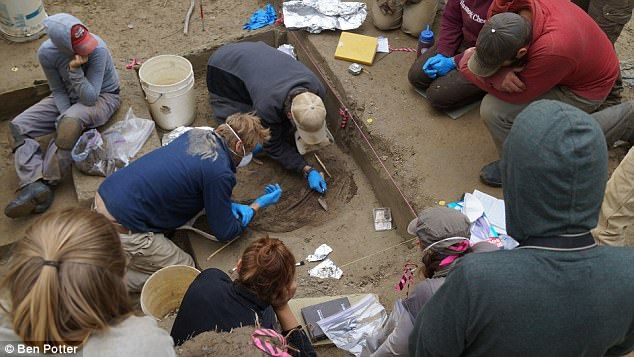
They study also showed that people entered Alaska 20,000 years ago.
"The Ancient Beringians diversified from other Native Americans before any ancient or living Native American population sequenced to date," said study lead author Professor Eske Willerslev, from the University of Cambridge. "It's basically a relict population of an ancestral group which was common to all Native Americans, so the sequenced genetic data gave us enormous potential in terms of answering questions relating to the early peopling of the Americas."
This study is profound because it may shed light into understanding the history of Native Americans today.
"We cannot prove that those claims are not true, but what we are saying, is that if they are correct, they could not possibly have been the direct ancestors to contemporary Native Americans," Willerslev added.
Do you have any Native American origins?
[Source: Daily Mail]
